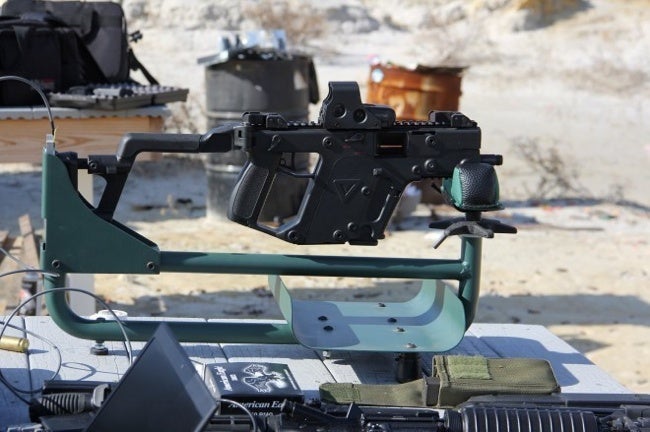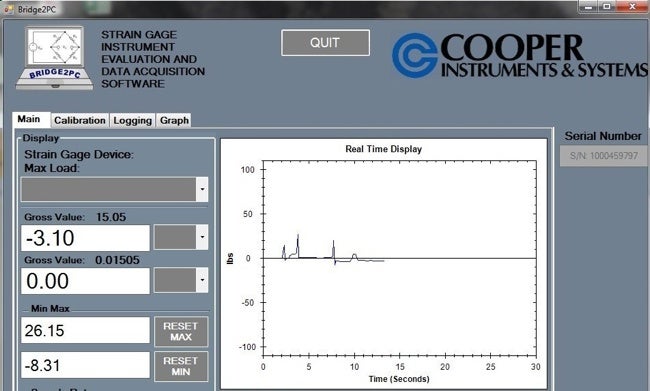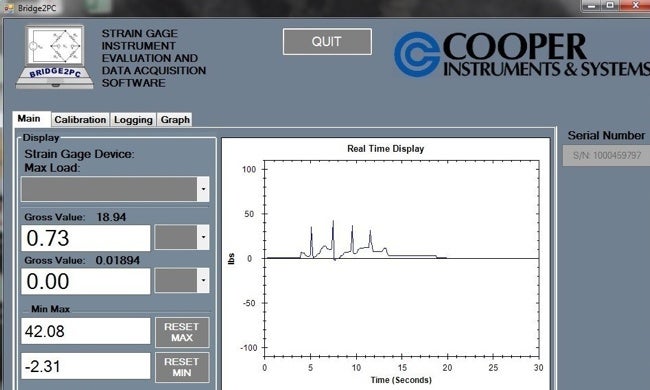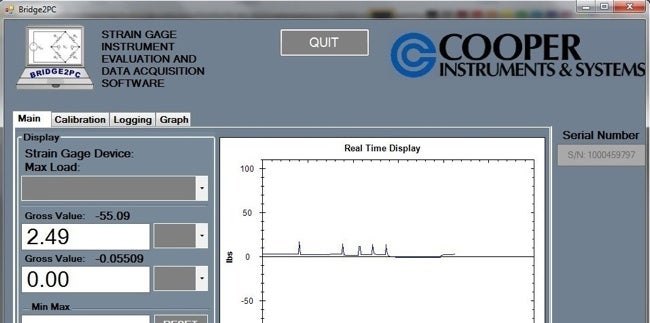This is the third and final part of our series where we have teamed up with KRISS USA. Part 1 can be viewed here and Part 2 here. For this portion we we decided to try and quantify the recoil reduction of the Vector verses its main competitor, the HK UMP (in this case a converted HK USC SBR was used, however it is identical except for the roll marks).
According to this company there has never been a very good way to measure recoil due to the amount of variables involved. Obviously the Vector with its Super V system is marketed as reducing recoil and muzzle climb, as the action recoils down instead of straight back (kind of like a giant upside down Luger pistol) but I wanted to try and see exactly how much relative to the UMP submachine gun. For this I asked my friend CJ what would be the best method. He suggested to me that I look into buying a load cell to place the gun on with a high sample rate and put the two guns against each other. For this I found a company in Virginia who offered a load cell with a high sample rate that expressed data graphically on a PC in the form of a simple line graph and also displayed the peak. I placed the load cell on a Lead Sled and performed the test by firing five shots, three times and taking the middle group from the three samples.
As you can see we had more firearms that we intended to test, but the guy’s flight back to Virginia was in the afternoon and we simply did not have time.
We set the vector in my device and loaded the software on Mike’s PC. Luckily, the Vector and the UMP have the same width stock, so each gun had an equal amount of material resting on the load sensor (give of take a millimeter). To eliminate as many variables as possible I took the following precautions:
- The equipment was provided by me, an impartial third party employed by no firearm manufacturer
- I would be the trigger man, as I had no vested interest in any gun performing better
- An equal amount of material from the stock would be resting on the load cell
- 15 shots would be taken total, the middle group of which would be used in final data
- An M4 carbine (Colt 6920) would also be used in order to provide our readers with some familiarity (most people have a good idea of how much a .223 recoils)
- The same ammunition from the same box would be used
On with the test.
Immediately we got feedback from the Vector and it was neat to see the data in real time.
Next the UMP:
I was anxious to see the data produced and we were all taken aback by how much less pressure the Vector exhibited on the load cell.
Now was the M4. Setting it in the rest properly with the desired amount of stock touching the sensor was difficult:
But of course we managed:
Also, KRISS flew in a member of their media department to film this testing so they can use it in promotional material. I must say that is was neat to have a microphone on talking about my experiment!
Also when you get a bunch of men together with these kind of toys, how can you not expect them to put them to good use?
I did manage to take a video of me on the Vector too:
Lastly as a joke we tried this setup to see if we could max out the load cell, but due to not having a solid mounting point it did not work out so well!
So what kind of results did the test yield? Well I was as surprised as could be.
The Vector:
The UMP
That is a 62.14% reduction in recoil. As we got the figures we all stood there pole-axed in awe of what we had just done. KRISS claims that the Super V system reduces recoil of the .45acp cartridge by 60%, but having performed a test myself first hand and being able to confirm that is amazing.
The M4 carbine exerted roughly the same amount of force as the Vector too at 21-22 pounds (I apologize for the cutoff, but the screen shot was improperly taken):
To conclude, let me say that I knew the Vector recoil was much less due to the shooting test the previous day, but the results of this test were still surprising to me. We even had one sample that showed the Vector recoil was 64% less, but as stated I used the median sample. It is no wonder that the vectors off axis recoil generated less on the load cell as well, and that the UMP’s straight blowback system alongside its heavy bolt exerted much more force on the load cell.
I tried to make this test as fair and as unbiased as possible to provide legitimate information to consumers regarding two firearms. Also note that the data expressed in pounds is not accurate as to felt recoil. It is rather all of the guns recoil forced upon an area the size of a postage stamp, so it is amplified.
Thank you for reading the series on the KRISS Vector SMG, and I hope this is the first of many manufacturer-The Firearm Blog collaborations!
 Your Privacy Choices
Your Privacy Choices
















